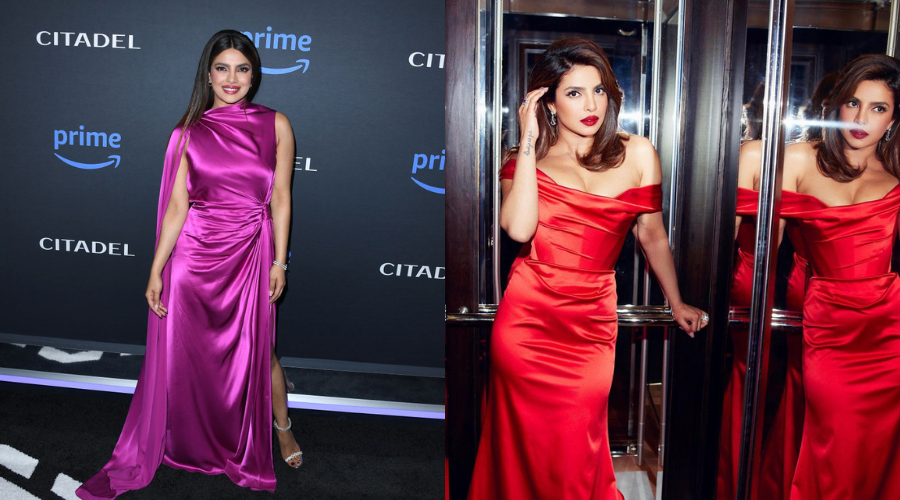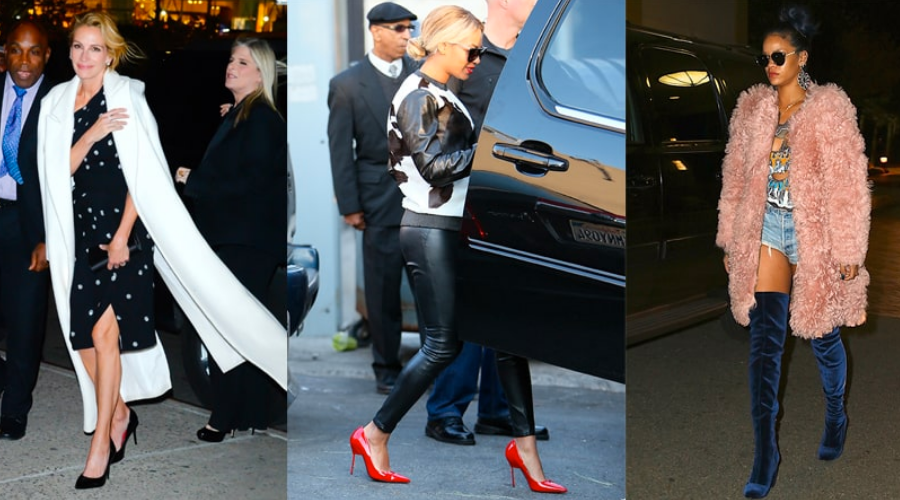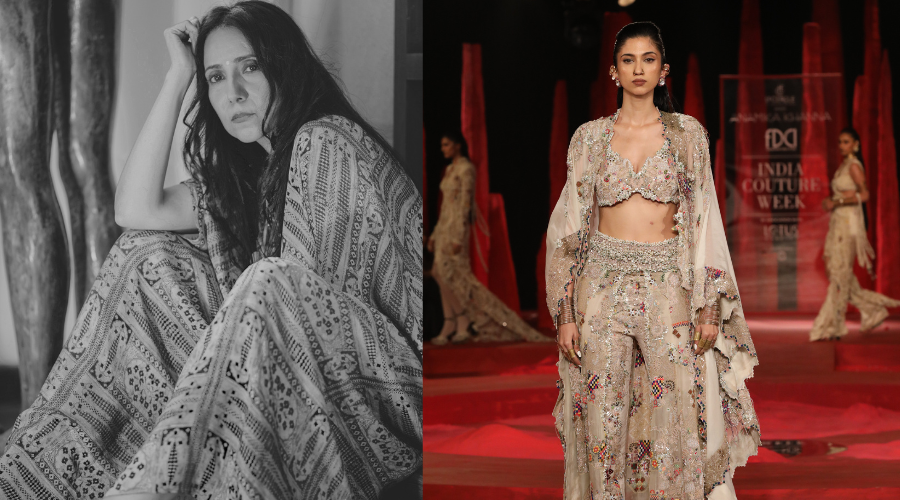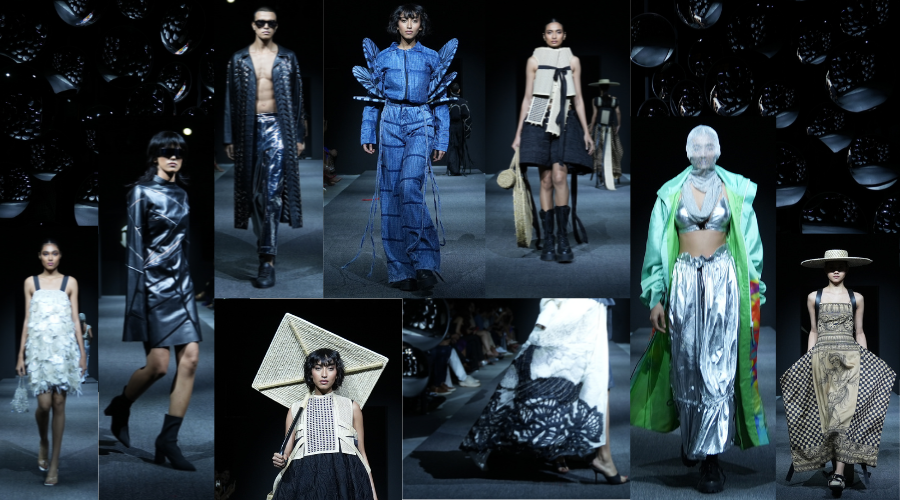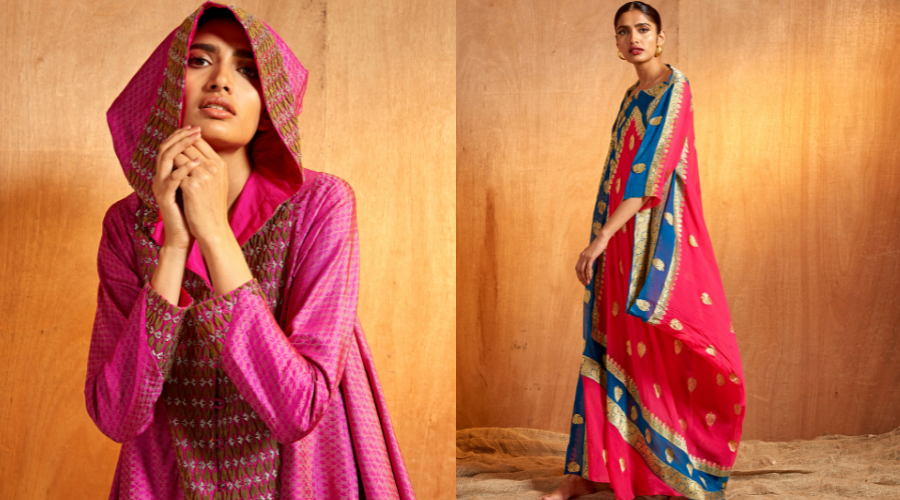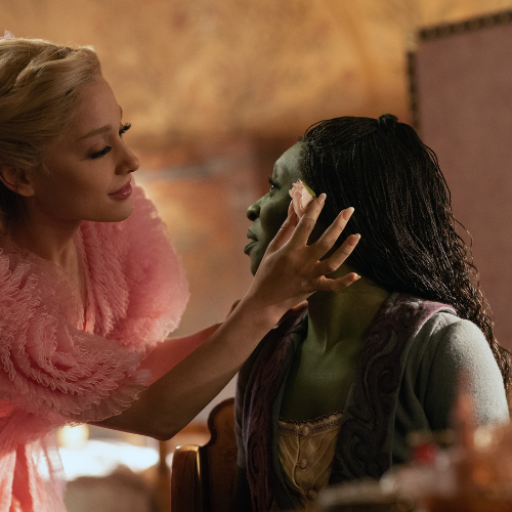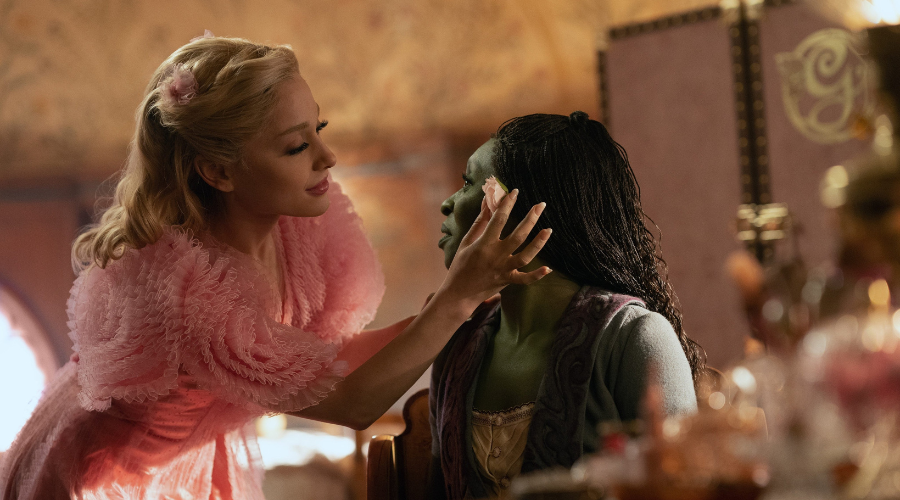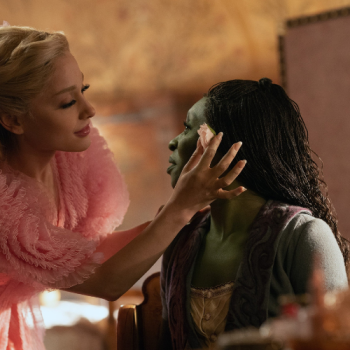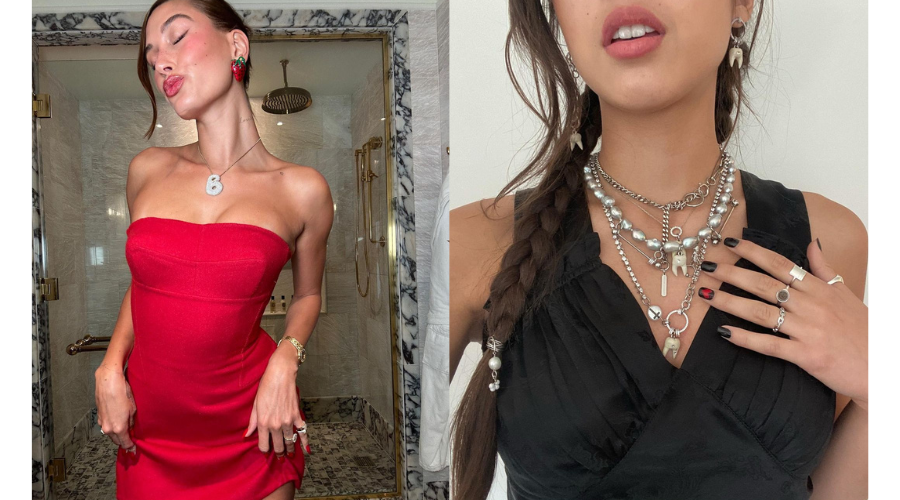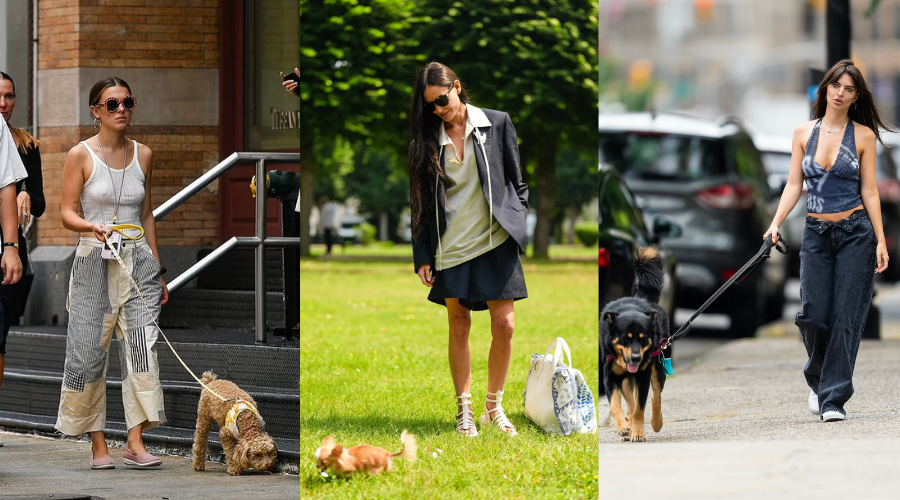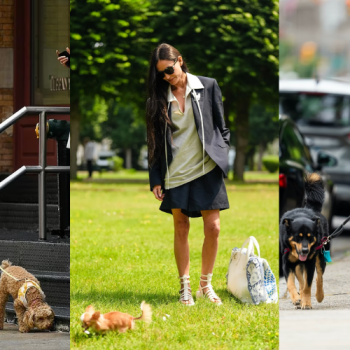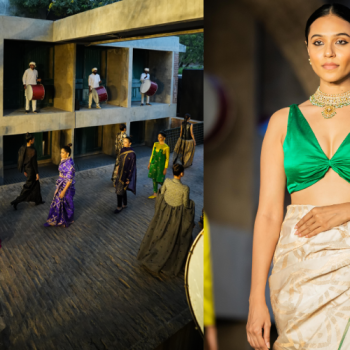The last time I met James Ferreira earlier this year, we were navigating the mechanics of a coffee percolator in the absence of his domestic worker. It was a balmy Sunday afternoon, the heat rising in waves off the vividly coloured façades of the houses of Khotachiwadi, the east Indian neighbourhood in Girgaon, Mumbai, that held everything from the wafting aroma of chicken stew to the stately bottle masala.
“I’m sorry, but I can’t pretend to like black coffee, and my friends, who are coffee fanatics and purists, hate me for it. What can I say? I like my coffee with sugar and a side of milk, the old-school way,” he had confessed as we tried to make sense of the contraption.
Now, as I make my way to Ferreira House for this article, the mystery of the coffee percolator has been resolved. All it took was a gimble-looking rod that had to be cranked for the beans to be uniformly coaxed. Ferreira, though, is anything but uniform. Over the past few years, most of the attention he commands rests in his capacity as a purveyor and a custodian of sorts of Khotachiwadi. Some credit him for singularly putting the neighbourhood back on the art and culture map of the maxi- mum city and beyond.
While visitors take Instagram-worthy pictures of the façades and the shell of a deciduous tree in his verandah, he is busy at work, sewing on a century-old wooden table framed by his parent’s sepia-tinted pictures, stitching, draping. Amidst all the Khotachiwadi-focused attention, there remains a central ques- tion: have we perhaps lost track of James Ferreira, the designer, the master couturier?
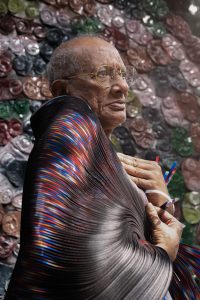
Mechanics of cloth
Ferreira knew that his life was going to be interlaced between the seams of cloth at the age of two. As a child, he would crawl and cry behind a bride, yearning to touch and feel the fabric.
“My mother was a very fashionable woman, and she always took me to the dressmakers, the hatmaker, glovemaker, and so, my childhood, particularly the vacations, was spent with my mother visiting these specialists to custom-make things for her,” he recounts.
More than anything, the Jewish dressmakers of Colaba influenced him, the first couturiers he’d witnessed as a child. Madame Pompadour. Madame Hymes. Madame Pope. The nuns of Villa Therese embroidered his mother’s gloves with staggering precision. It struck little James how the Jewish couturiers of old Bombay “used Indian fabrics presented in an international, global, highly well-finished couture.”
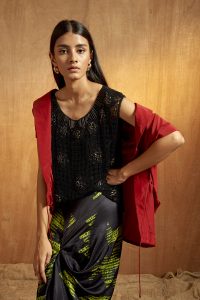
The real thrust came at the age of 12 when his mother set up a workshop in the old kitchen, where a Gujarati cutter named Mohan and his three men started work. He enrolled himself for a cutting class at one Sherry Cooper, later getting his first job in a Colaba boutique Purple Pussycat. At age 17, he refined his famed cutting abilities at Orkay’s Textile.
It was during these stints and later, when he started designing himself that he realised the “tailors had lost the ability to make beautiful garments” because they were all mostly making loose- flowing salwar kurtas without any technique.
“I could empathise because I found out that their inability to cut was because they wanted to minimise seams,” he says. “That’s when I started, in the ’80s, my one-piece-cutting technique with zero waste. I was into origami, a lot of folding and draping, always doing my own thing.”
Beyond the numbers
In his own space, in the quaint studio inside his heritage home, Ferreira has carved out a unique retail formula that does not rely on seasons and the runway, but always made-to-order clothes. There is a James Ferreira prêt line that keeps the sales afloat, but the couture orders, mostly from brides, are where the designer glows. Some of his clients have been loyal to him for the past 30 years, echoing the sentiment of Cristóbal Balenciaga, who famously commanded loyalty from his clients, as opposed to dressing clients who flitted from one house to another for trends.
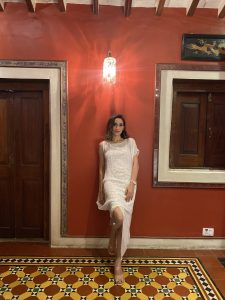
Ferreira has always worked with recycling and patching. In 2014, he did a whole collection of all the remnants from his satin, and it did very well. His forays into Bollywood set the ground for the possibilities of couture—the wildest Hindi customs ranging from the Disco Dancer outfit of Mithun Chakraborty fashioned out of chicken feathers and broken glass to the arm of outfit that Amitabh Bachchan wore in the 1988 cult classic Shahenshah, crafted from a drainage cover where he worked with a blacksmith to mould it.
The bolder experiments don’t sell. And that’s okay.
“I’ve worked with hemp, which I believed must be fully legalised and used on a wider scale because it’s an incredible fabric. When I used the Bihari gamcha cloth for a collection in 2005, I didn’t sell anything in India except to a few international clients because they didn’t want to be associated with the fabric of a labourer. In 2007, when I did another collection with the Solapur blankets which I over- dyed with jeans and dresses, no one bought it. The same goes for the Khadi collection in 2011. I questioned myself and my ability to get the pulse of the market.”
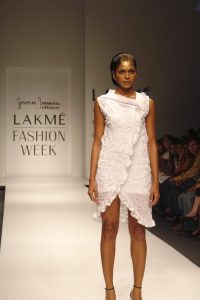
And yet the James Ferreira story as a designer came to its much- deserved fruition after the birth of the art gallery 47-A in Khotachiwadi. It was a blessing, with a renewed demand for his outfits from even in 2011. Recently, he did a shoot with couturier Amit Aggarwal and photographer Ankit Chawla, posing in the designer’s polymer- based, vividly coloured outfits in his home and the alleys of the Wadi.
“I was always embarrassed to ask for an interview about me as a designer. Now it all seems to have paid off.”
Find ELLE’s latest issue on stands or download your digital copy here.


